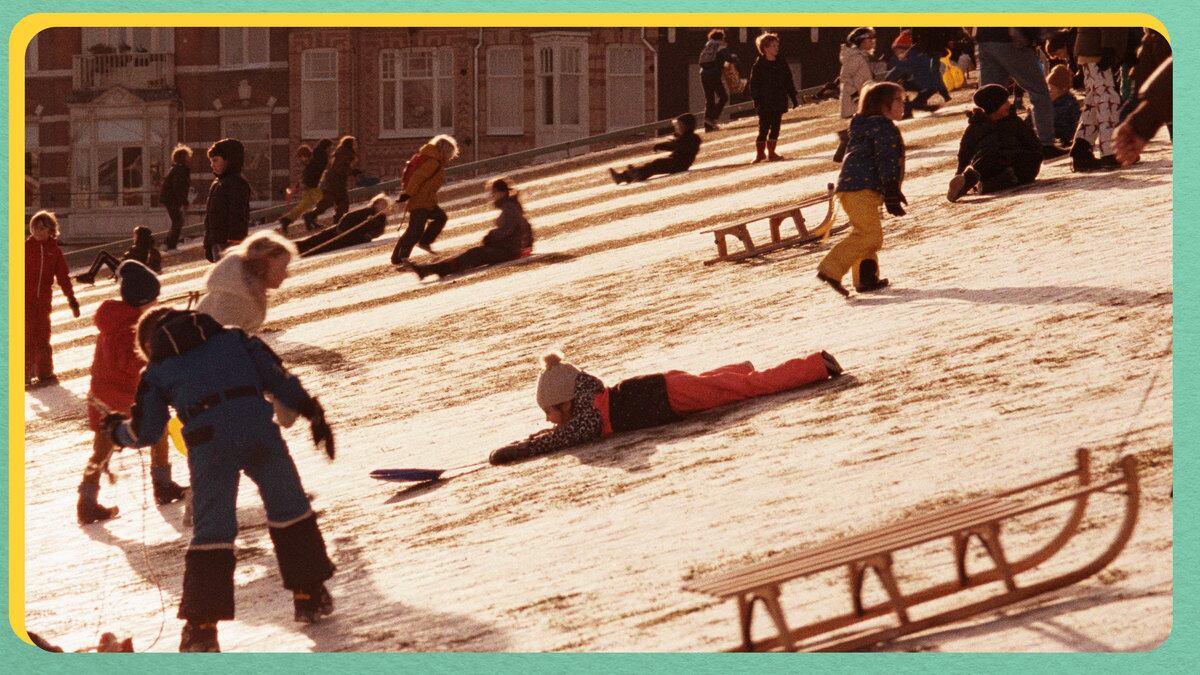‘Occupied City’: Steve McQueen’s 262-Minute Holocaust Meditation
NEW IN THEATERS
The point of Steve McQueen’s four-and-a-half-hour documentary is the relentless mundanity of atrocity. It’s a provocative work that people will surely have extreme opinions about.

Trending Now





